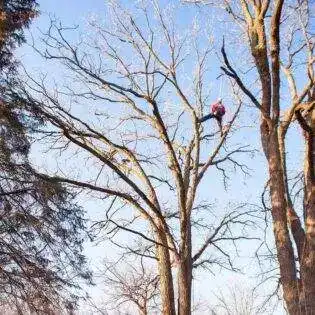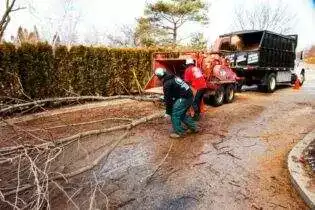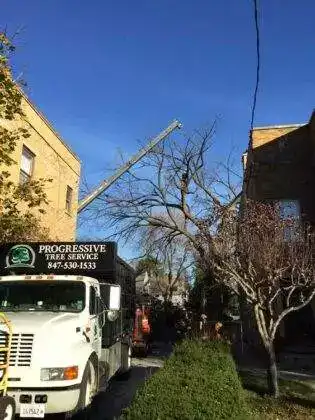What Is Apple Scab
Apple scab is a disease caused by the ascomycete fungus that affects apple trees. Although it does not cause death to the tree itself, it has been known to be a nuisance due to lessoned appearance and affected quality of the fruit. The infection cycle of Apple Scab typically begins in the spring seasons due to suitable temperatures and moisture levels. The infection continues throughout the summer, until the leaves and fruit fall from the tree at the onset of winter.
How is Apple Scab Treated?
Fungicide sprays are required every year for control of apple scab. Season-long control of apple scab is difficult if primary infections are allowed to develop. Apple scab fungicides control disease in different ways. Some are most effective as protectants while some are applicable after an infection period has occurred. Fungicide sprays are applicable only if the weather is rainy and the leaves are likely to remain wet for extended periods of time. Due to this, it is difficult to prevent secondary fruit infections once primary infections occur.
Signs and Symptoms of Apple Scab:
Scab first appears as yellow spots on leaves. As the apple scab progresses, dark, olive-colored spots form on leaves, fruit, and, in severe cases, stems of the tree. Spots underneath leaves sometimes look velvety due to fungal growth and severely affected leaves often turn yellow and drop.






